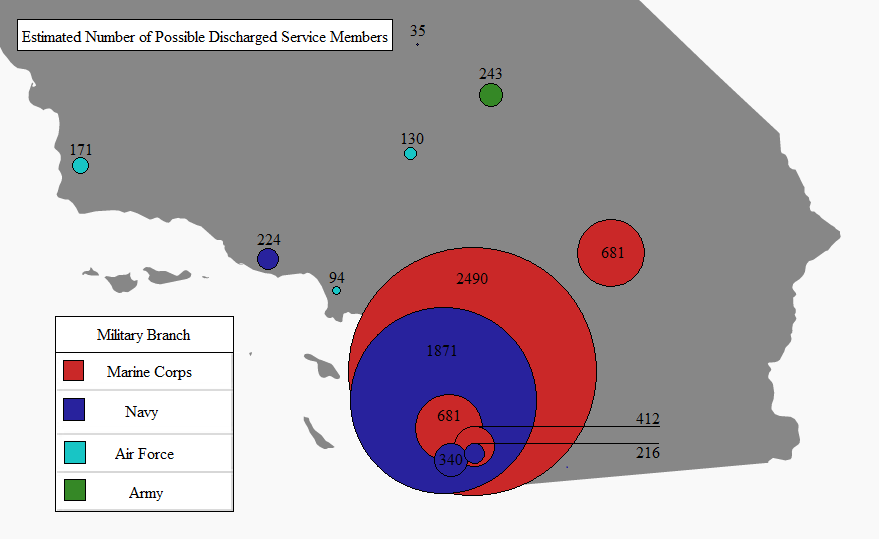New DoD Policy Will Not Materially Affect California’s Record Low Unemployment Rates
The Department of Defense’s new policy to kick out non-deployable military members would seem to threaten California’s impressively low 4.1 percent unemployment rate which, according to the California Employment Development Department, reached a 42-year low in September.
The DoD enacted their “deploy or get out” policy on October 1st, with the intention of creating a more fit fighting force. In January, the DoD had originally said that approximately 11 percent, or 235,000, of the 2.1 million personnel serving on active duty, in the reserves or National Guard were non-deployable.
The Defense Department has since updated that number, stating to Military Times, “Excluding trainees, approximately six percent of the total force — active duty, National Guard and Reserve — were non-deployable as of Aug. 31, 2018 … This includes temporary as well as permanent non-deployable service members. The reasons vary, but they are predominantly medical.” The DoD says they will not be removing service members in certain cases where they would be non deployable from pregnancy or wounds sustained in combat.
Over 184,000 service members live in California and represent all five branches of the military including the Air Force, Army, Coast Guard, Marine Corps and Navy. Using the six percent figure provided by the DoD, we can estimate how many service members could be unemployed in Southern California in the near future.
According to the Military Installation Guide by Military Times, there are over 95,000 service members in Southern California between all the branches of the military, excluding the Coast Guard, whose data was not available. Of the four branches who are represented, the U.S. Army and Air Force have the smallest presence in Southern California. The Army’s Fort Irwin is the branch’s only significant base in the region, with only about 4,000 soldiers between active and reserve duty service members. The Air Force has three bases across Southern California, numbering over 6,500 airmen. If six percent of these soldiers and airmen are non-deployable, then an estimated 243 soldiers, and almost 400 airmen would be discharged under the new DoD policy.
The next largest military presence in Southern California are the U.S. Navy. Between five bases in the region, the branch has over 44,500 active and reserve service members. Forced discharges of six percent of these service members would leave almost and over 2,500 former sailors unemployed in Southern California.
The branch with by far the largest presence in this area is the Marine Corps. The Corps has over 71,000 service members between their four largest bases, Air Ground Combat Center Twentynine Palms, Air Station Miramar, Camp Pendleton, and Recruit Depot San Diego. If the DoD discharges six percent of this number for being undeployable, then over 4,000 Marines would be entering into unemployment. The Marine Corps would make up a majority of the total estimated 7,588 service members who the DoD says are unfit to serve if they are unfit to deploy.

However, while over 7,500 service members sounds like a large number, the Southern California labor market comprises on the order of 10 million employees. At 4.1% unemployment, there are approximately 400,000 unemployed Southern California workers searching for jobs, meaning that an additional 6,000 service members is a drop in the bucket. The US labor market is very dynamic, with lots of turnover. In the most recent statistics for US labor market, from September 2018, the monthly hiring and separation rates were both at 3.8% meaning 3.8% of the labor force leaves a job in any given month, and that a similar 3.8% of the labor force finds a new job within the month. Given that the pool of unemployed workers is only 3.7% at present, you can see the flow of workers entering and exiting unemployment is large relative to the number currently unemployed at any one time. Indeed, the median unemployed worker in the US spends less than 3 months searching before finding a job. While it will doubtless represent a large change for the service members involved, Deploy or get out should have virtually no discernible effect on the local labor market.

